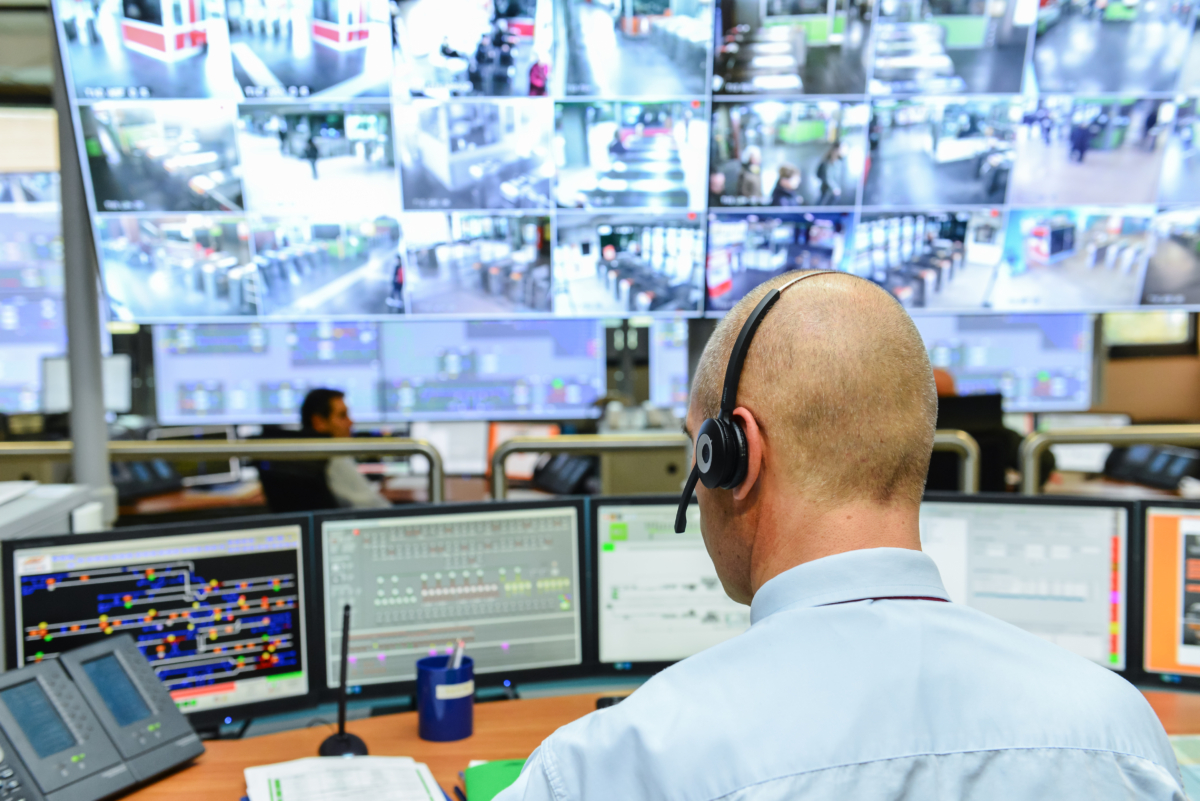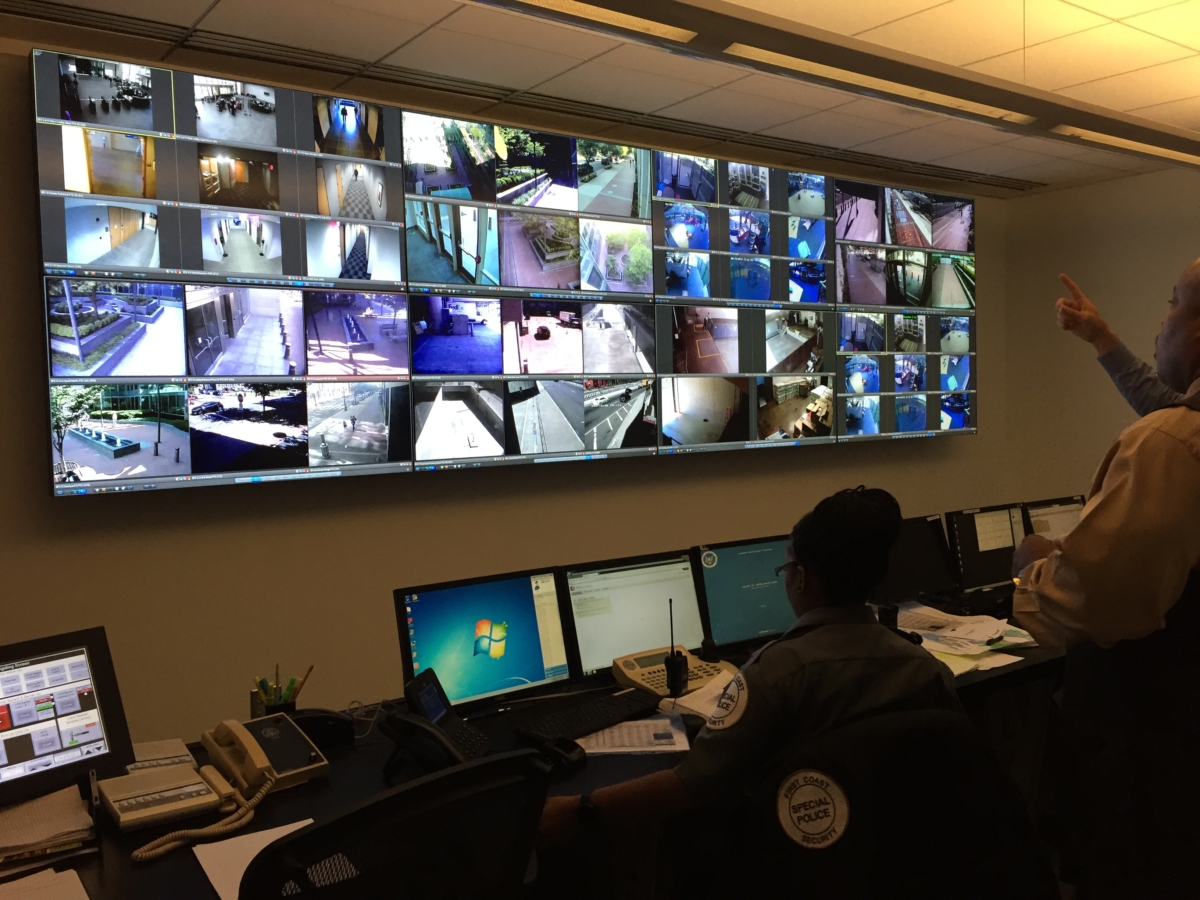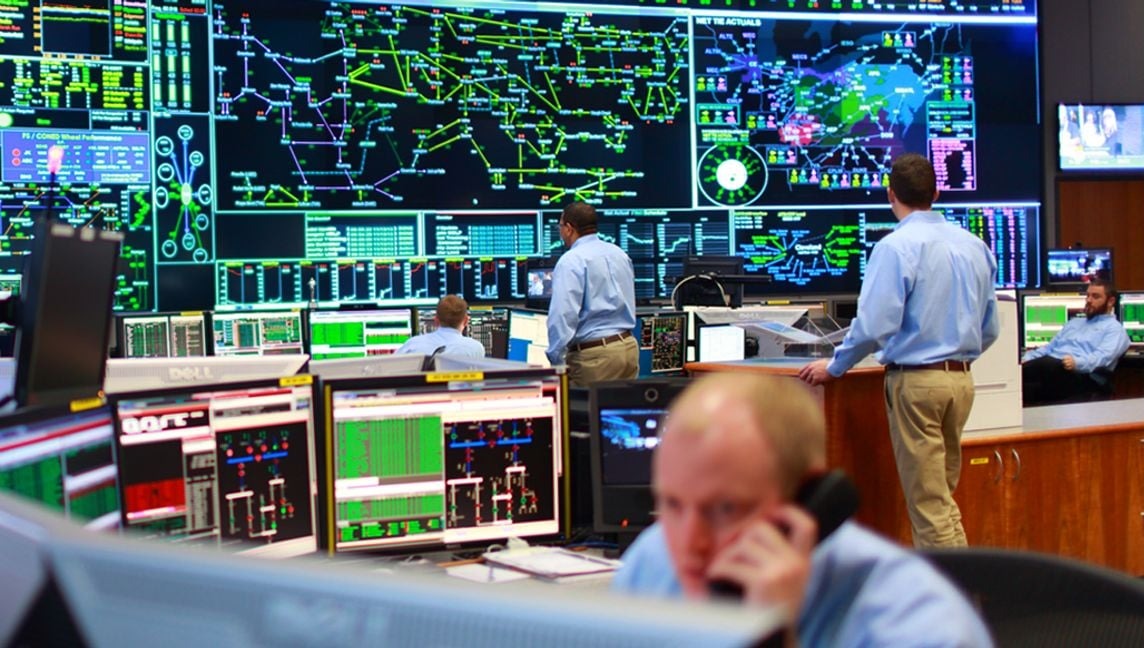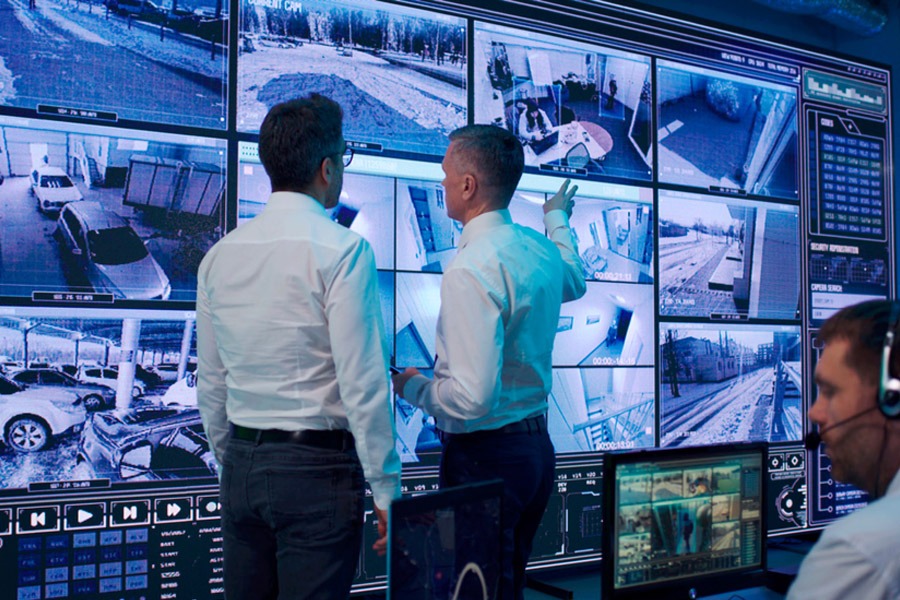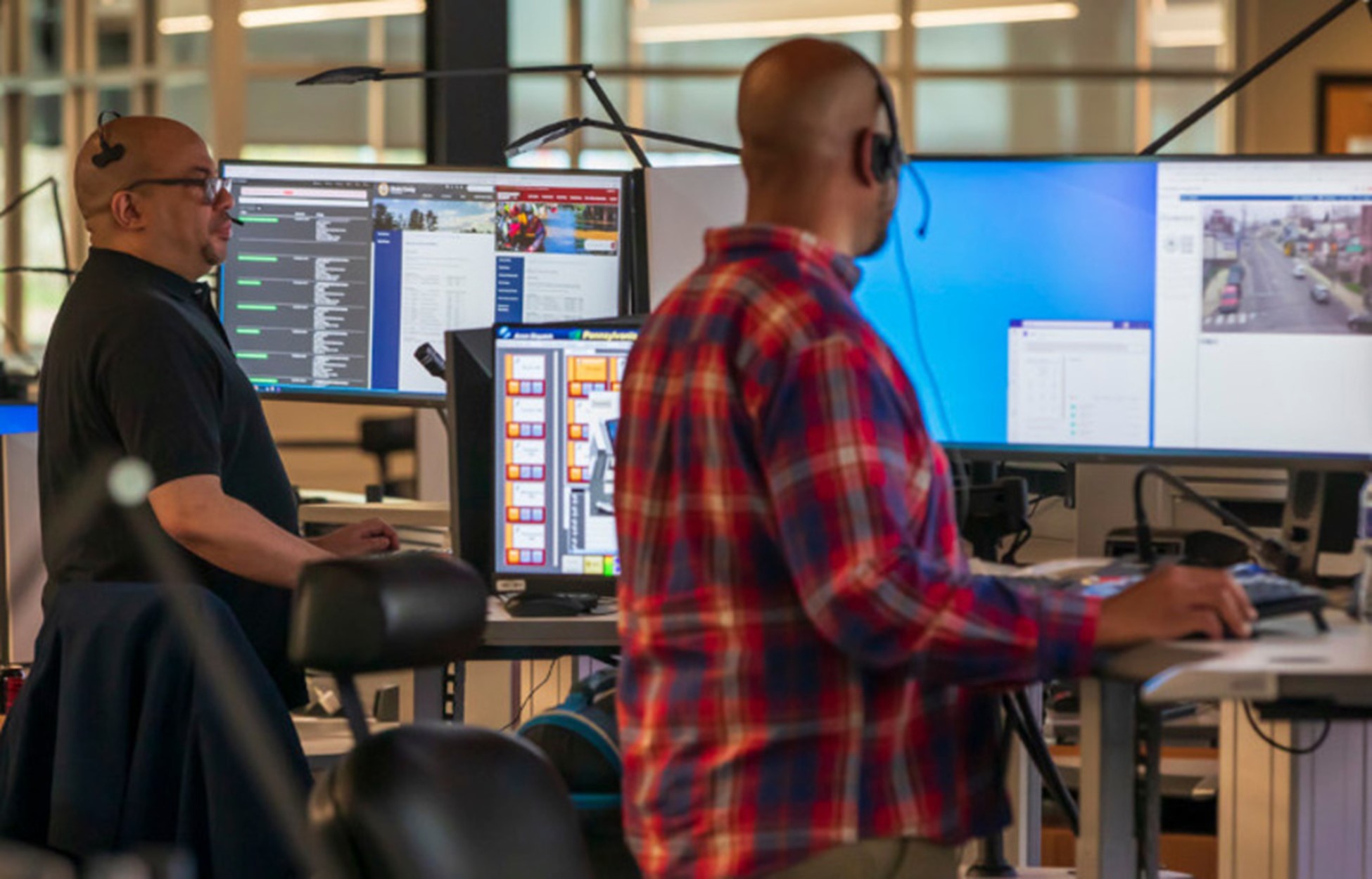
Unraveling the Role of Artificial Intelligence in Command and Control Rooms
In command and control rooms, where decisions are often the difference between success and uncertainty, the integration of real-time analytics emerges as the strategic heartbeat. In this technological tapestry, where every second counts, the amalgamation of automation, artificial intelligence, and machine learning orchestrates a symphony of efficiency and adaptability. The convergence of these technologies is critical to unparalleled operational excellence.
In today’s blog, we’ll delve into the intricacies of real-time analytics in command and control rooms. Join us as we explore the transformative power of this technology!
SEE ALSO: Understanding Human-Machine Interaction in Today’s Control Rooms
Automation: Streamlining Routine Tasks for Efficiency
In the dynamic world of command and control rooms, operational efficiency is essential, and automation is a linchpin in achieving this goal. It serves as a force multiplier, alleviating human operators from the burden of repetitive tasks that are time-consuming and susceptible to human error.
Automation, at its core, is designed to streamline routine processes swiftly. For instance, in defense command centers, handling vast surveillance data requires constant oversight from operators. Through automated systems, they adeptly sift through massive data streams, promptly identifying potential threats and anomalies. This expedites the decision-making process and allows operators to focus their expertise on intricate tasks demanding critical thinking.
Beyond data processing, automation finds application in various facets of command and control. From monitoring and managing equipment status to orchestrating routine system checks, automation fosters an environment where routine operations seamlessly align with the overarching mission objectives.
Artificial Intelligence: Elevating Decision-Making Capabilities
Artificial Intelligence is a transformative force for control rooms, elevating decision-making capabilities to unprecedented heights. Going beyond the simplicity of automation, AI integrates cognitive abilities such as problem-solving and decision-making, mirroring the intricacies of human intelligence.
In a cybersecurity operations center, for instance, AI algorithms tirelessly analyze network traffic patterns. These algorithms not only detect anomalies but can also predict potential cyber threats. The magic lies in AI’s ability to learn from historical data, constantly refining its analytical prowess. This learning process empowers AI to identify emerging threats, enabling proactive measures to safeguard sensitive information.
What sets AI apart is its dynamic nature. Unlike automation, AI systems are not confined to predefined rules. They can learn and adapt, making decisions based on evolving situations. This adaptability is crucial in the ever-changing landscape of command and control, where flexibility in decision-making is paramount.
Beyond cybersecurity, AI finds application in diverse operational scenarios. From predictive maintenance in logistics to optimizing resource allocation during emergencies, AI contributes to operational effectiveness in multifaceted ways.
Machine Learning: Adapting to Evolving Scenarios
Machine learning weaves adaptability and intelligence into the very fabric of operations. As a subset of AI, machine learning empowers systems to learn from experience, presenting a dynamic and responsive approach to data analysis.
Take an emergency response center equipped with ML algorithms. These algorithms go beyond traditional analysis; they adapt to evolving scenarios, providing a proactive and predictive approach to data interpretation. In this context, ML shines in its ability to analyze equipment performance data, foresee potential failures, and enable proactive maintenance. This ensures that critical equipment, such as ambulances or firefighting vehicles, is always in optimal condition.
Machine learning, by its very essence, revolves around learning from data. ML algorithms improve their performance by recognizing patterns and making predictions based on new information. This learning curve positions ML as an invaluable asset in environments where adaptability and flexibility are paramount.
The applications of ML extend across industries that use command and control. From predictive analysis in logistics to resource optimization in large-scale events, ML’s ability to adapt and learn positions it as a key player in future-proofing operational strategies.
While AI focuses on mimicking human intelligence and automation adheres to predefined rules, ML stands out for its emphasis on learning. It’s not just about making decisions; it’s about refining those decisions based on the ever-evolving influx of data.
The future of command and control lies in embracing the possibilities that real-time analytics unfold. To achieve this, continual innovation, strategic integration, and a commitment to leveraging the full potential of these technologies is key. At CTI, we want to help you integrate these solutions to ensure they become proactive, predictive, and, ultimately, transformative parts of your control room. We work anywhere in the US and around the world through PSNI Global Alliance: contact our team to find out all the ways we can make your next project a success!
Talk to Us About Your Project
Too busy to chat right now?
Send us a message.

